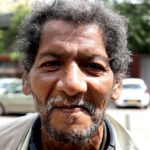
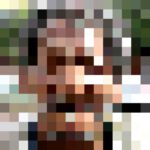
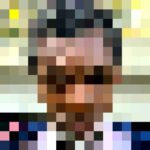
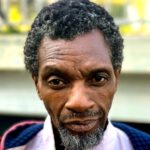
In today’s world, we are all constantly striving to capture the perfect moment-whether it’s the ideal photo, the seamless video, or a flawless portrayal of life through the lens of social media. We play to the algorithm, yet few, if any, truly understand what’s happening behind the lines of code. That’s why every week, there’s a new way to “hack” the algorithm. But the harsh truth is that much of what we see online is simply a manipulation of pixels-tiny dots of light on a screen, typically held in your hand.
We are all learning, consciously or not, how to manipulate LED displays and code to present something that, in reality, may not exist at all. The digital world feels incredibly real at times, but when we dig deeper-whether into the code behind an image or the lived experience of people on the margins-we find that things aren’t always as they seem. Have you ever met your favourite super star celebrity or influencer in real life and had that odd feeling that they seem somehow less super hero and more….whats the word: human?
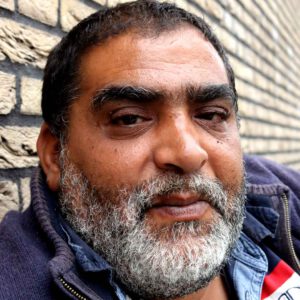

This curiosity led me to embark on a mini project to expose the crudeness of digital manipulation. I used a 32×32 LED matrix, driven by a microcontroller, to display photos of individuals experiencing homelessness. By converting these photos into pixelated representations using MicroPython, I was able to distill the images into their most basic form-just light and code. Before starting this project, I didn’t know how to code, so I joined a local meet-up, which just so happened to take place at a refuge for so many vulnerable people: the public library (OBA). I was there to learn; they were there to survive the winter.
The result is a strange experience. Up close, the images on the LED matrix appear abstract, fragmented, and almost unrecognisable. It’s only when you step back, creating distance, that the form becomes clear and the image comes into focus. This mirrors how we often interact with vulnerable people in real life: when we’re up close, we sometimes fail to see the full picture, lost in the details or caught in our biases. From a distance, it’s easier to generalise and make sense of the whole, though we remain removed from the real, raw experience.
This project serves as a metaphor for our relationship with reality-both in the digital world and outside of it. We are all the same, but our proximity to the truth, whether distorted by pixels or by preconceived notions, changes what we see.
p1v3